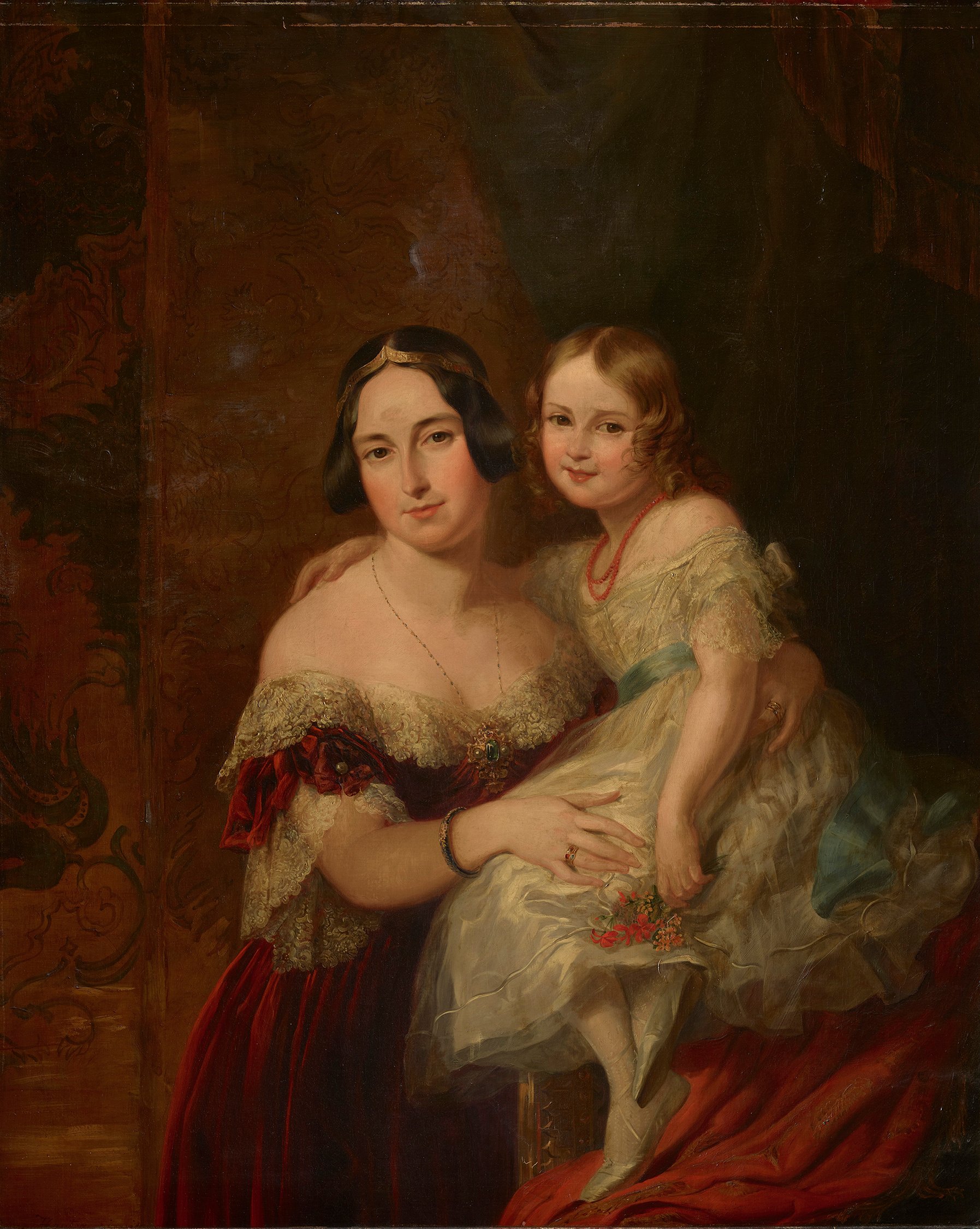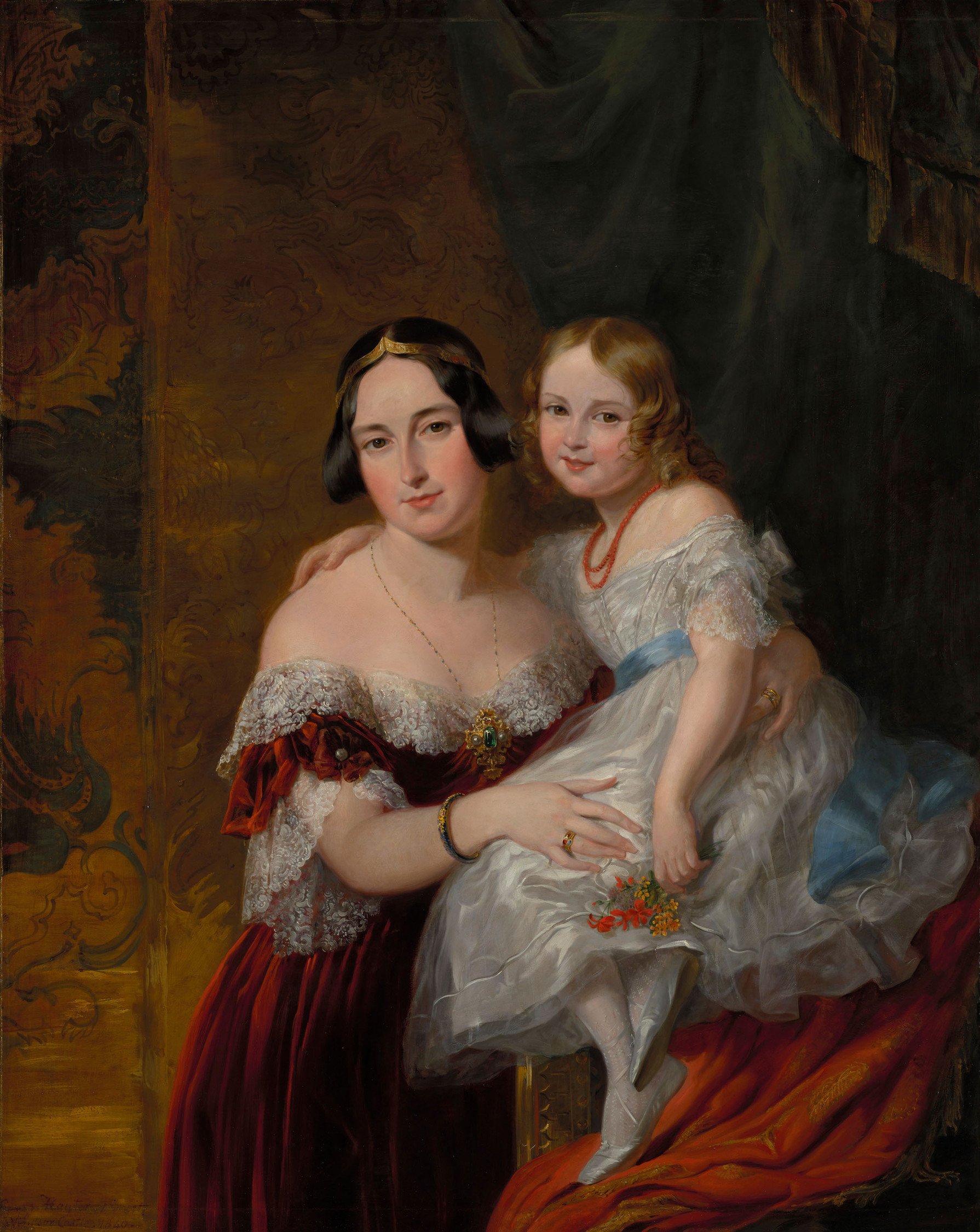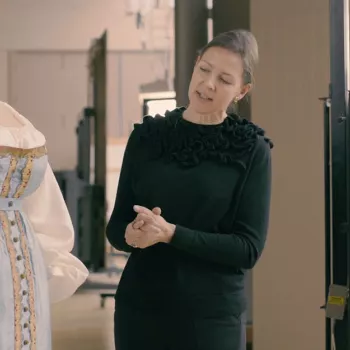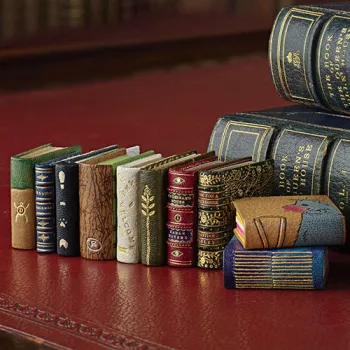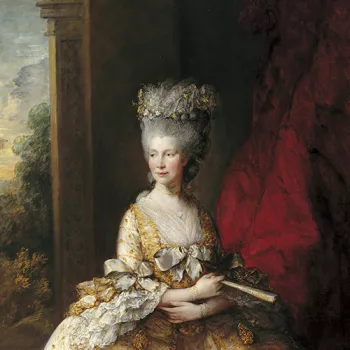A Royal Revelation – Portraits from Buckingham Palace

Reading time: 3 minutes
After over a century on display in the Marble Hall at Buckingham Palace, portraits of Queen Victoria’s family members are now dazzling after conservation treatment to remove their discoloured yellow varnishes.
The Marble Hall was designed for the display of marble sculptures, but it also contains an array of paintings, furniture, and vases. These paintings were made at different times by more than one artist, so were not originally designed as a set – but they have been displayed together for over a century. Among the sitters are Queen Victoria’s mother, the Duchess of Kent, and the Queen's half-sister Princess Feodora. Rather than being displayed in traditional picture frames, four of the paintings are installed directly in the architectural panelling of the Marble Hall at Buckingham Palace.
As part of ongoing reservicing work at Buckingham Palace, we were able to bring the paintings to the conservation studio for treatment. Find out more about the process to restore these treasures.
Removing varnish
In the 19th century, varnishes had been applied to the paintings which were made from traditional natural resins. Unfortunately, these resins discolour over time due to light exposure. After a hundred years on display, this discolouration gave the paintings a yellowed appearance, and changed the contrast between the different colours.
After careful testing of different cleaning options, conservators used cotton swabs dampened with organic solvents to remove the varnishes, revealing the amazing original colours. The paintings were then given new, clear varnishes to enhance the contrast, as would have been originally intended.
The original paint surfaces were in very good condition so very little retouching was necessary. The paintings had been so well-protected by their previous installation, that there was not much of the damage that might normally be seen on paintings of this age.
Treatment for canvas
As part of the conservation process, treatment was also carried out to further protect the paintings in the future.
The fragile canvas edges were reinforced, and stretcher-bar linings were applied. These consist of a layer of synthetic fabric secured to the wooden stretcher that the canvas is attached to, using existing crossbars of the stretcher to tension the new fabric; this significantly reduces the movement and vibration of the original canvas, and helps to prevent or at least delay the appearance of distortions that would otherwise occur.
Explore one of the paintings below to see the difference before and after treatment.
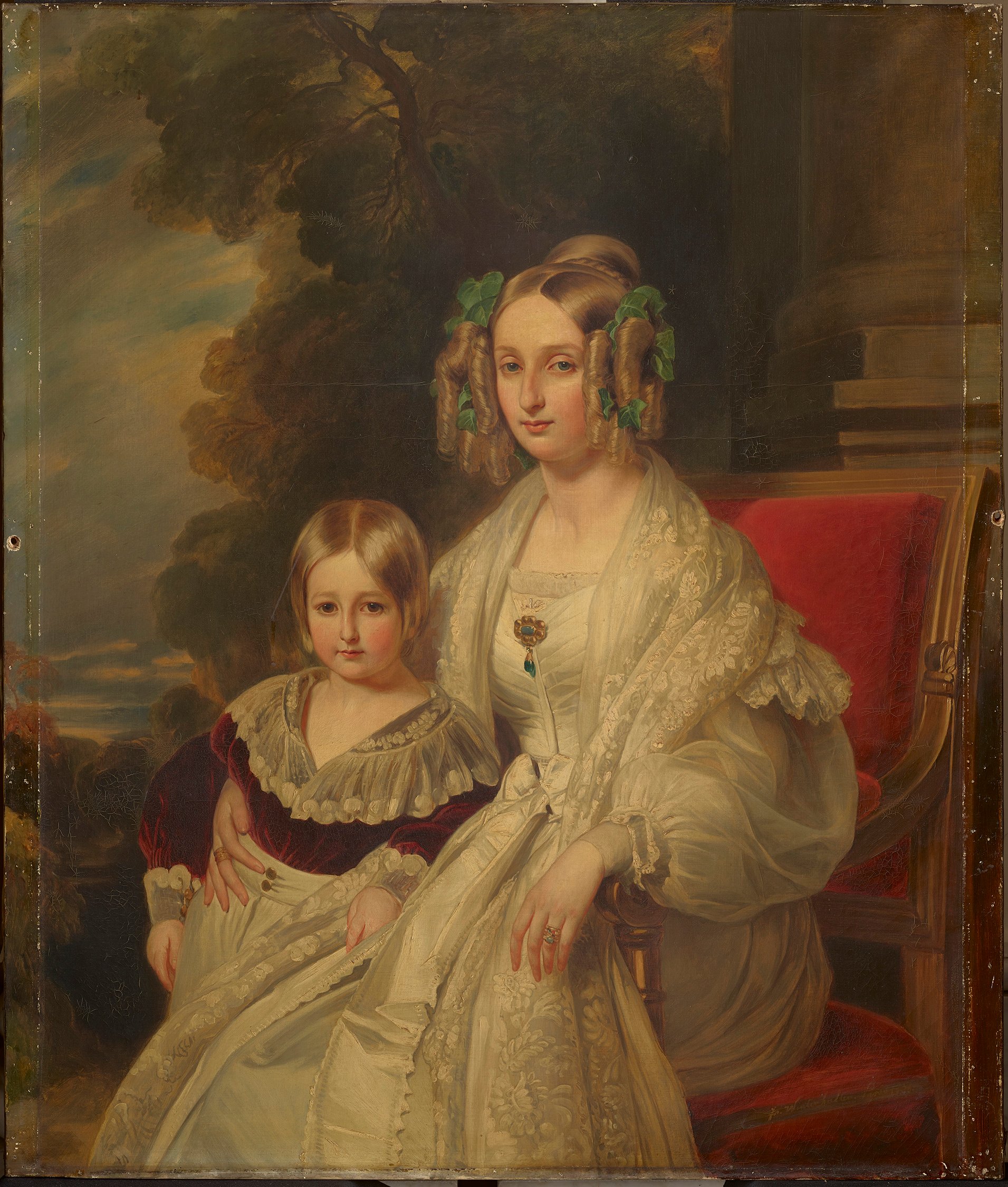
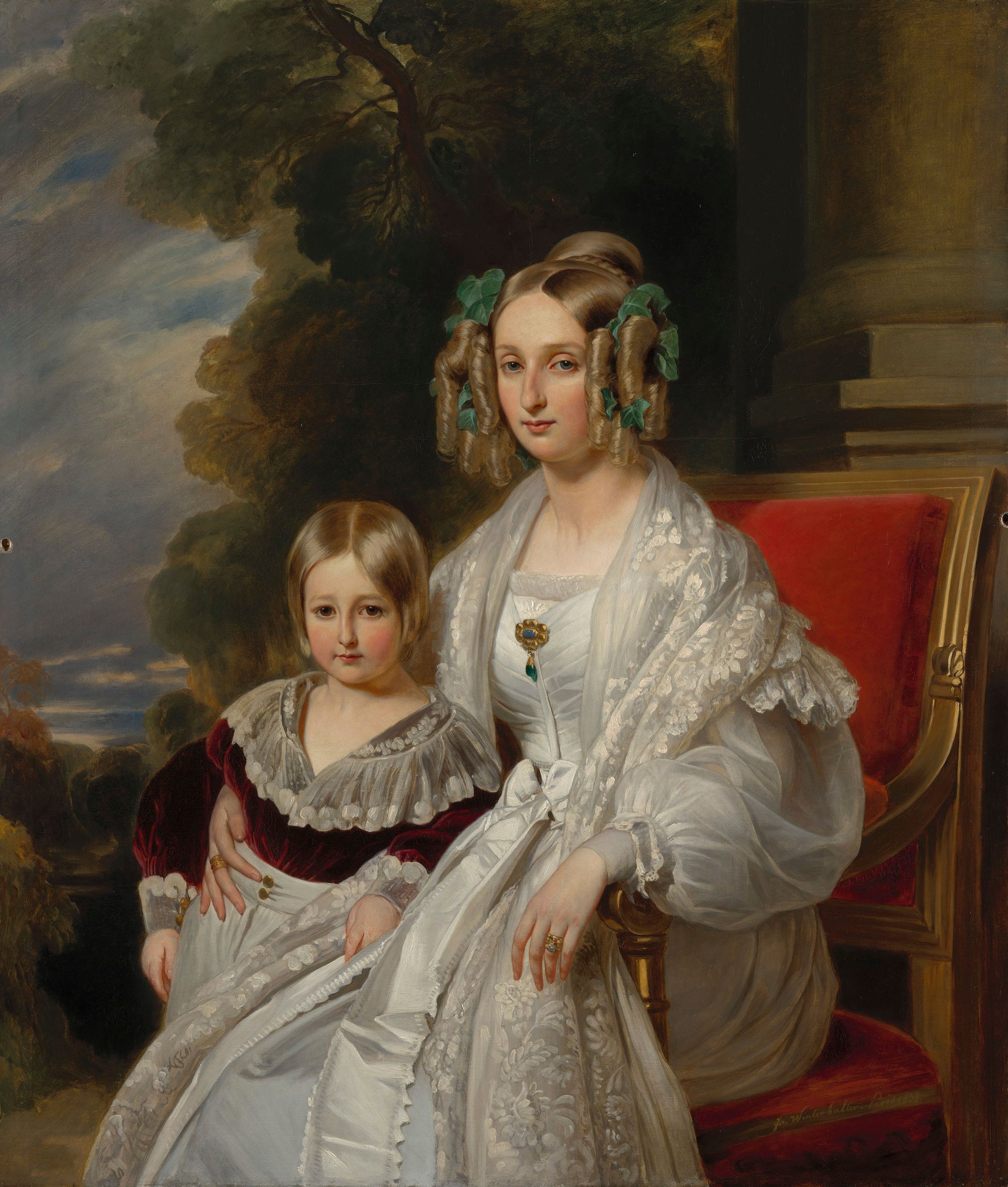
Rehanging the paintings
This work also gave conservation framing technicians the chance to update the 19th-century fixing methods. The paintings had previously been secured directly to the wall, with gilded slip frames – narrow strips of wood that form a border between the painting and the architectural frame – pinned into them.
To rehang the paintings four lengths of gilded slip for each painting were attached to a thin aluminium frame, which was lined with velvet to protect the surface of the painting. The frame was then attached to the recess in the wall with strips of velcro and magnets. The use of velcro and magnets is an unusual technique for our technicians, as each installation in architectural frames brings unique challenges. This brings the installation in line with the modern conservation framing standards found elsewhere across The Royal Collection.
The Marble Hall in Buckingham Palace is open for the public to enjoy. Visit Buckingham Palace to see these wonderful paintings and much more.
Explore the painting of Queen Victoria's half-sister Princess Feodora.
